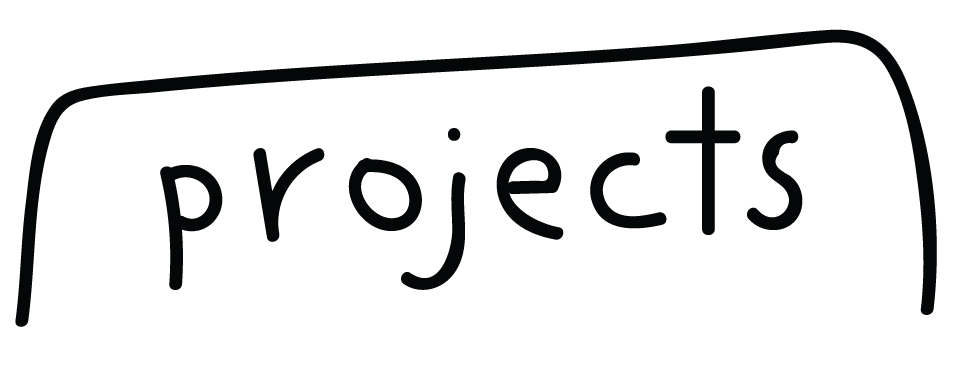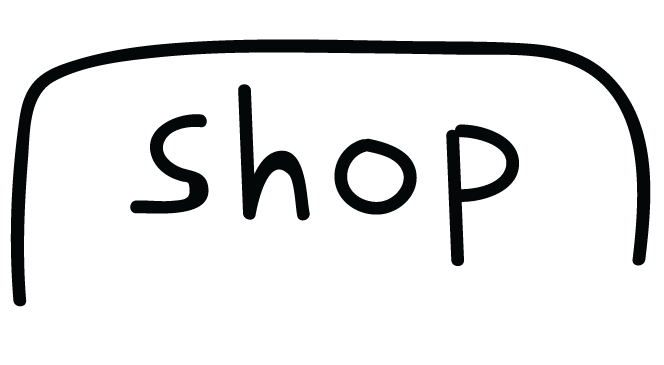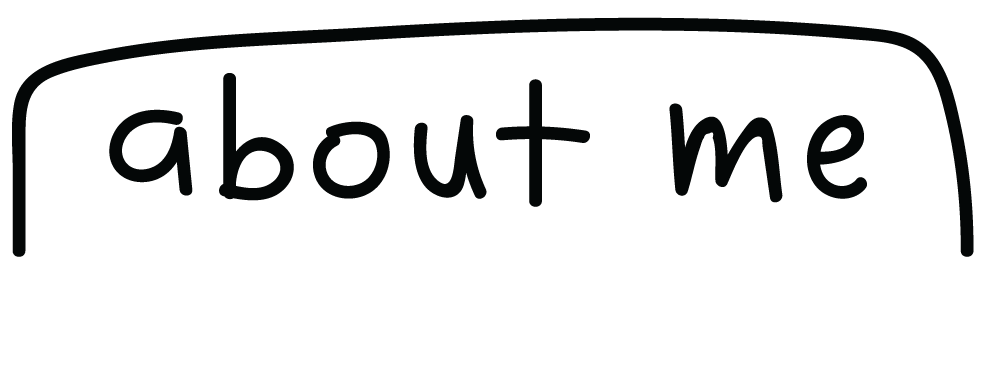FRIDAY, APRIL 19, 2019
Are you sitting at home eating something that came out of the freezer, and had to move a huge heap of clothes from your chair before sitting down to read this, which you're only reading because your avoiding having to do something else? Been there, but there's a better way to live your life!
Adulting is hard, time-consuming and confusing, but here's a beginner’s guide to get you started.


The first step to getting better with your money is to have money to get better with. Two ways to do that are saving and getting a credit card. In terms of saving, and tracking the money you do have, the first thing you should do is make a budget. You can use this printable with a budget and expense tracker, or you can use an app like Mint, if you prefer to go digital.
HOW TO BUDGET
In the first column, list all of the different categories of things you intend to spend money on, like groceries, clothes and entertainment. Then, in the next column, allocate the amount of money your aiming to spend in that category for the month, then at the end of the month fill out the last column with how much you actually ended up spending, and compare the totals.

In terms of how you'll track what you're actually spending for the last column in your budget, you can use an expense tracker (the second page in the printable). The goal here is to write down every time you either spend or receive money. Track the date when you paid/earned money, a description of where it went or came from, and exactly how much it was. Then at the end of the month, you can compare your income (third column) to your expenses (fourth column). Doing this will help you adjust your budget for the next month as you see where your money is going. When you have to write down every incoming and outgoing dollar in your life, you get a much better sense of how your spending your money and where you need to make changes. Like maybe when you realize you're spending $60 a month on overpriced coffee you might want to make some cuts.
Another important part of a budget is the savings section. Figure out what you want to save for, whether that's student loan repayment, a new camera, or a trip. Then calculate how much it's going to cost and decide how much you want to put aside every month for that goal. Put that money in a separate savings account and DON'T TOUCH IT until you've reached your goal.
HOW TO BUILD GOOD CREDIT
If you don't know what your credit score is, or have never checked it, you can check it for free on websites like CreditKarma. After you've checked your score, you'll probably be wondering what this number means. In Canada, a credit score is a number that ranges between 300-900 and is used by credit lenders to decide if they want to lend you money or not. Everyone from credit card providers to potential landlords will look at your credit score, so it's worth taking the time to build a good one.
A great way to start building credit is to get a credit card and use it regularly. Instead of using you debit card to make purchases, use your credit card to earn rewards while building credit. To build credit, the most important thing to do is just consistently pay your bills on time and in full every month. Aside from that, they also look at your credit utilization, which just means how much of your limit you're using. Experts recommend that you keep utilization to about 30% of your limit. For example, if your limit is $1000, you should only be using about $300 every month. That being said, if you do need to spend more than that, try to pay off at least part of the balance before your statement comes at the end of the month, so that your balance stays relatively low. If you find that you're consistently using more than 30%, consider requesting to increase your credit limit or getting another credit card to spread the charges.
That being said, credit cards are not the only thing that affect your credit score. Any type of credit you take on will be considered, so things like mortgages, car loans, and probably most relevant to you, student loans. That just means, once you graduate make sure to make your loan payments on time, just like you would with your credit card.


If you're in a dead-end job, tired of being a victim of the retail life, or can't even find either of the above jobs, then try working on the things that will get you closer to where you want to be.
For starters get your resume up to date, and maybe use an online template to make it stand out a bit more. There are a bunch of premade templates on Microsoft Word or on online platforms like Canva (which is completely free). It takes very little effort but can make a huge difference to an employer. While you're at it, it's never a bad idea to have business cards on hand too! Again, there are so many free templates out there, and you can print them through websites like Vistaprint for as little as $10 for 500 cards.
Next, set up a LinkedIn account. This is becoming one of the most important tools for networking and connecting with the people who can help get you where you want to be. Make sure you have a profile picture, a headline, a summary, and that your education and experience is always up to date. If you really want to go all out with your LinkedIn, here's a detailed guide to everything you could possibly want to know about setting up a profile, specifically as a student.
Once your LinkedIn is all setup, put it to good use and do some modern-day cold calling by messaging some of the people who are in the position you would like to be in one day. Ask for 20 mins of their time over coffee and pick their brain. Don’t ask them for a job right off the bat, but work to maintain a relationship with them, because you never know where it could lead.
ONLINE PRESENCE
In almost any field these days, it's important to have an online presence. If you're an artist/designer, build a portfolio website. There are plenty of platforms where you can easily build a website for free, like Wix or WordPress, or if you're willing to spend a little more, there are websites like SquareSpace, specifically made for artists. You can also make portfolio accounts on Instagram or Behance. If you're a writer and can't get your work published anywhere, publish it yourself on a blog. Even if you're not a writer, but you're enthusiastic about a topic, like sports, sustainability, science, or technology, make a blog and write about it!


THE BASICS
f frozen ready meals, Kraft Dinner, and cereal are the main food groups in your diet, then it might be time to learn how to cook real food. Start with cooking basics like knife skills, grilling foods, and cooking rice. Tasty has a great series called Tasty 101 with all of these tutorials and more, and this article is a great resource too.
MEAL PREPPING
You might also want to try meal prepping. There are two ways you can meal prep. You can make full meals for the week, or you can prepare big batches of separate ingredients that will make cooking faster throughout the week.
Some of the easiest and most versatile foods to prepare ahead of time are:
- Quinoa
- Pre-cut vegetables/fruit - you can roast them ahead of time too
- Salad
- Rinse beans/chickpeas
- Overnight oats
- Pre-made smoothie bags for the freezer
RANDOM TIP
For dessert or even as a snack when I'm craving something sweet, one of my favourite things to make is banana ice cream. All you have to do is keep some bananas in the freezer (you can mix in other fruits too) then puree them in a food processor or blender, and that's it. You wouldn’t believe how good this one-ingredient "ice cream" tastes and it's a much healthier alternative to real ice cream.
If you need more inspiration for recipes, some of my favourite food bloggers are Simply Quinoa and Deliciously Ella.

YOUR ROOM
Of course we can't forget cleaning! Even though it's still snowing in Canada, spring cleaning should be in full force right now. As an aspiring adult, you should make an effort to maintain a livable environment. That means your chair is not your second closet, the surface of your desk is visible, and you should always be able to remember the last time you vacuumed.
It's easy to get overwhelmed with the prospect of cleaning when you haven't done it for months, but if you just take five minutes before going to bed every night to clean a little, it won't get to that point again. You don't need to go Marie Kondo on your space but getting rid of things you don't need and giving everything a designated place will make your life so much easier.
For your room alone, at the very least, every week try vacuuming, dusting, and wiping down surfaces with wipes or a cleaning spray and cloth. If there's a surface you can't clean at the end of the week because it's full of stuff, then take the time to clear the area, instead of going around it.

CLOSET
In terms of your closet, now that it's spring and because you have to put away your winter clothes anyway, you might as well do a full purge. Take everything out of your closet and get rid of anything you don't use or can't fit anymore. You can either donate your clothes, sell it to thrifts shops like Plato's Closet, or have a clothing swap with your friends.

DIGITAL SPACE
Aside from your physical space, make sure you're also keeping your digital space organized. If you can see more icons on your desktop than you can see of your wallpaper, take it as a sign. The three parts of your digital space that are likely the most cluttered, are your desktop, downloads folder, and email. You can probably tackle your desktop and downloads folder in a night. Give all your files proper names and put them where they're supposed to be. For your downloads folder, realistically, anything in it can go in the trash, because if you downloaded it a month ago and haven't used it or filed it away yet, then you probably don't need it. Your email on the other hand might be more of a process. First take the time to make labels and folders - like banking, work, school, coupons/receipts - to organize the emails you want to keep, and you can always add more later. Then try to delete as much as possible before you start going through them one by one. If you know you’re not going to open all those emails from Facebook, search "Facebook" in your search bar and delete everything that comes up, and while you’re at it, unsubscribe from the emails you know you'll never open.
Once you've managed to get your emails under control, make sure you're checking them every day, delete the ones you don’t need and file the ones you do. This way they won't pile up and you won't have to do this process all over again. You don't need to take time out of your day to check your emails though, try getting through them during your commute, or while eating breakfast.

Now that you have all these new goals and aspirations, get organized and start planning out your weeks and write things down! You can use any old notebook, these printables, start a bullet journal or use an app, it doesn’t matter, you just have to find a system that works for you. It can be as simple as sitting down every week and writing down everything you need to get done, then figuring out when you're going to do each task.
Now that you have all these new goals and aspirations, get organized and start planning out your weeks and write things down! You can use any old notebook, these printables, start a bullet journal or use an app, it doesn’t matter, you just have to find a system that works for you. It can be as simple as sitting down every week and writing down everything you need to get done, then figuring out when you're going to do each task.
If you want even more tips and advice to help you on your journey to adulthood, here's a list of my favourite adulting books:







